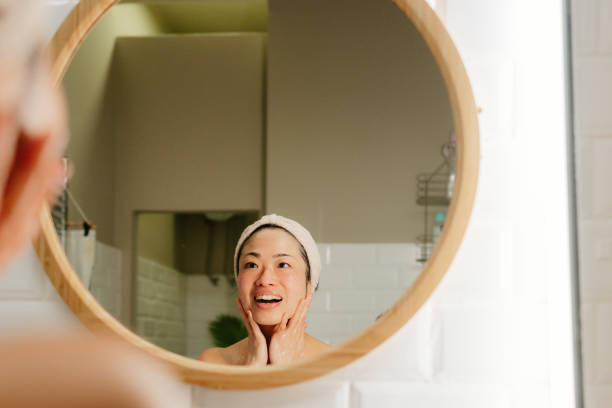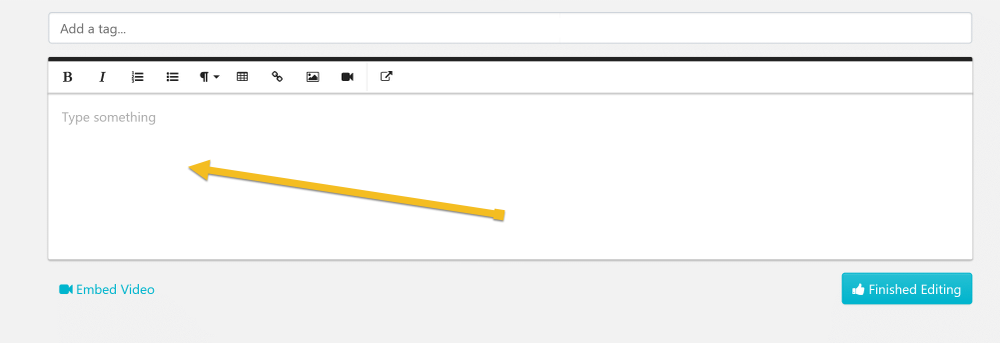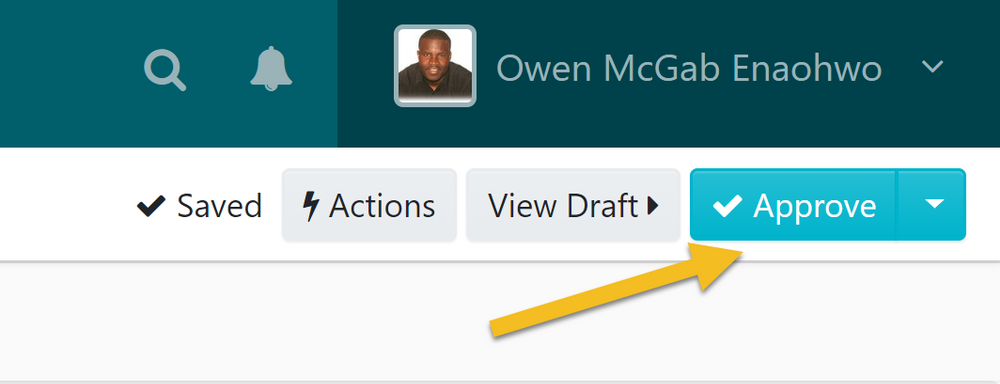In comparing
Japanese vs Korean skincare routine, more than mere advertising and fads need to be considered. Rather, pose this question: What does your skin really require? Each skincare tradition has various strengths depending on your age, skin type, climate, and goals.
 Skin Type Considerations
Skin Type ConsiderationsIf you have combination or sensitive skin, the
Japanese skin care system could be the solution. Everything is about balance and harmony of the skin with fewer products and simpler formulas. This reduces irritation from over-layering or too many actives. Most Japanese skin care products have no artificial fragrance and dyes but use natural ingredients like rice bran and seaweed, which will nourish without irritating.
Alternatively, Korean skin care is perfect for dry, acne, or dull skin that requires severe hydration and treatment. The layering system of Korean skin care products permits your skin to absorb moisture step by step, and that makes your skin look refreshed and plumped. It's also super great for those who require fading of hyperpigmentation or acne spots quickly because K-beauty serums and ampoules are often packed with niacinamide, snail mucin, and other actives.
Climate and Lifestyle FactorsYour climate also has a lot to do with what skincare routine will work best for you. If you live in a hot climate, such as some regions of
Japanese skin care products in India or Southeast Asia, the non-greasy and light Korean skincare products are a lifesaver and allow for breathability. These regimens will be more focused on gel moisturizers and quickly absorbing toners that will not clog pores.
If you live in a drier, cooler climate, the more luxurious emollients in Japanese skin care can better protect. Japanese lotions and creams also form a barrier, locking in moisture and guarding the skin against environmental stress.
Aside from that, if you have an active lifestyle and have no time for a 10-step routine, Japanese skincare also provides a time-saving, low-maintenance option. Even a three-step cleanse-tone-moisturize routine can be so effective with top-quality ingredients.
Skin Goals: Glow or Grace?If your final goal is a "glass skin" glow that emanates youth and brightness, the
Korean skin care routine will be your best option. The multi-step moisturizing, frequent exfoliating, and innovative application of products allow the skin to lighten up instantly.
But if you prefer timelessness and long-term skin health rather than flashy temporary results, the Japanese skin care regimen can work better for you. It's designed to win smooth, silky skin that ages well. It's a marathon, not a sprint.
Product Longevity and AffordabilityIn the Korean skincare vs. Japanese skincare, product longevity and cost also enter the picture. Most
Japanese skin products, which are expensive, are designed to be longer-lasting because they are concentrated. You use only a small amount at a time, so they are not expensive in the long term–even though it seems a little pricey at first.
Korean skincare tends to be more affordable and accessible to younger consumers, especially online. Thanks to its global popularity, even high-quality products can often be found at budget-friendly prices. Whether you’re experimenting with essences or hunting down the best Japanese cosmetics, the availability in markets like India has grown, and it's now easier than ever to find genuine products through trusted retailers.
Brand Trust and Global RecognitionAll of them possess powerhouse brands. Global Japanese skincare brands like Shiseido, Hada Labo, SK-II, and DHC are known worldwide and backed by decades of dermatological research. They are renowned for beauty, safety, and durability. Their stripped-down packaging also targets shoppers who crave no-frills action.
Korean skincare brands like COSRX, Laneige, Innisfree, and Missha conquer the globe with their quality and price. They keep launching new products from time to time, so they keep their systems young and new.
 Conclusion: There Is No One-Size-Fits-All
Conclusion: There Is No One-Size-Fits-AllSo is Japanese or Korean skincare routine better for your skin? The short answer is that there's no single response. They both have their own strengths, and your skin can benefit from elements of each. You can easily combine the simplicity of a
Japanese skin care routine in the daytime with the moisturizing rituals of a Korean skincare routine in the evening.
Most skincare fans worldwide adopt a hybrid method, combining a Korean essence with a Japanese cleanser or vice versa. This combination allows you to enjoy the equilibrium of
Japan skins and the radiance of Korea skins—highlighting the best of both worlds.
And as with all skincare, it is consistency, ingredients, and understanding what your own skin requires that are the true keys to success. Whether it's the purity of Japanese skincare or the emphasis on hydration of Korean skincare, what your perfect routine is is the one that makes your skin healthy, calm, and radiant each day.







 Click the Title area to begin editing.
Click the Title area to begin editing.
 By making use of a tag, you will be assigning an index keyword/phrase/term to a procedure so that it can be quickly identified.
By making use of a tag, you will be assigning an index keyword/phrase/term to a procedure so that it can be quickly identified.


 Drag and drop images from your computer into the image drop area.
Drag and drop images from your computer into the image drop area.



